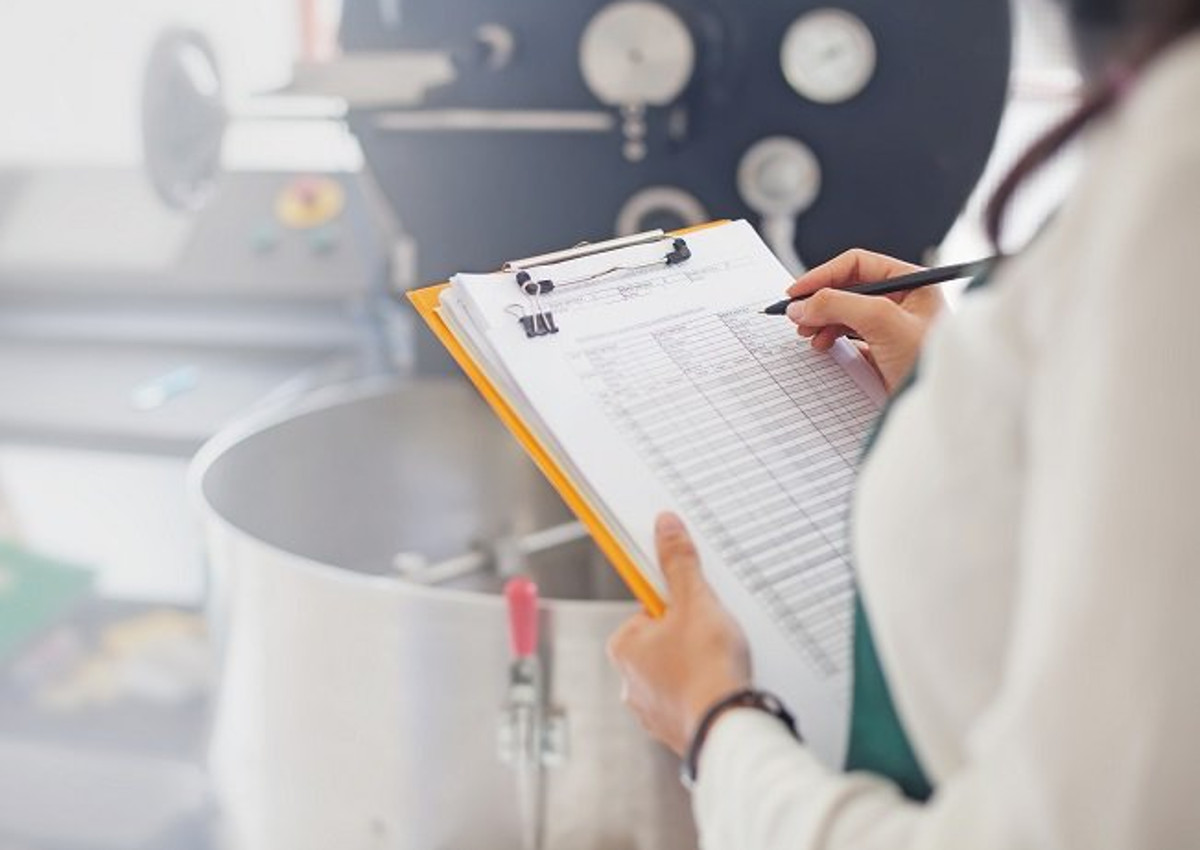
The rules for food & beverage companies who want to export to the USA are about to change in a restrictive way. From July 27, 2020, in fact, the obligation to adhere to the FDA’s Food Defense will come into force.
Basically, companies will have to equip with systems of prevention from intentional attacks (e.g. terrorism) in the sensitive areas of their plants.
Moreover, since January 1 of this year the US labelling system has changed. In particular, as part of the fight against obesity it is now necessary to indicate on the label the presence and quantity of added sugar.
WHAT IS USA’S FOOD DEFENSE
For some years now, producers of food sold in the USA have been aware that they have o adapt to a series of rules with distinctive features to guarantee the safety of food products, which therefore also affect imported goods.
These rules, provided and regulated by the Food and Drug Administration (FDA), were designed to protect the consumer and the market from all possible health and hygiene risks to food. Following the terrorist attacks in 2001, there has also been a tightening of the food health policy in the USA.
The U.S. Food and Drug Administration has recently launched an updated version of the Food Defense Plan Builder (FDPB) to help companies meet the requirements of the Intentional Adulteration rule under the FDA Food Safety Modernization Act (FSMA).

HOW TO COMPLY TO FDA RULES
The Food Defense rules were developed to address hazards that may be intentionally introduced to foods, including by acts of terrorism, with the intent to cause widespread harm to public health. Unlike the other FSMA rules that address unintentional food safety hazards, the IA rule requires the food industry to implement risk-reducing strategies for processes in food facilities that are significantly vulnerable to intentional adulteration.
Food facilities covered by the rule are required to develop and implement a food defense plan that identifies vulnerabilities and mitigation strategies.
The original version of the FDPB was created under a voluntary framework to assist owners and operators of food facilities with developing customized food defense plans and was released in 2013, prior to the publication of the final IA rule. The updated tool has been aligned with the requirements in the IA rule so that it can be used to easily create food defense plans and support compliance with the rule.
